You could use cut to generate a factor that indicates in which quintile (or whatever quantile you want) your values belong, and then sample from there:
df <- data.frame(values = c(2.5,1,0,1.2,2,3,2,1,0,-2,-1,.5,2,3,6,5,7,9,11,15,23))
cutpoints <- seq(min(df$values), max(df$values), length.out = 5)
> cutpoints
[1] -2.00 4.25 10.50 16.75 23.00
df$quintiles <- cut(df$values, cutpoints, include.lowest = TRUE)
> df
values quintiles
1 2.5 [-2,4.25]
2 1.0 [-2,4.25]
3 0.0 [-2,4.25]
4 1.2 [-2,4.25]
5 2.0 [-2,4.25]
6 3.0 [-2,4.25]
7 2.0 [-2,4.25]
8 1.0 [-2,4.25]
9 0.0 [-2,4.25]
10 -2.0 [-2,4.25]
11 -1.0 [-2,4.25]
12 0.5 [-2,4.25]
13 2.0 [-2,4.25]
14 3.0 [-2,4.25]
15 6.0 (4.25,10.5]
16 5.0 (4.25,10.5]
17 7.0 (4.25,10.5]
18 9.0 (4.25,10.5]
19 11.0 (10.5,16.8]
20 15.0 (10.5,16.8]
21 23.0 (16.8,23]
Now you could split the data by quintiles, calculate the propensities and sample from the groups.
groups <- split(df, df$quintiles)
probs <- prop.table(table(df$quintiles))
nsample <- as.vector(ceiling(probs*10))
> nsample
[1] 7 2 1 1
resample <- function(x, ...) x[sample.int(length(x), ...)]
mysamples <- mapply(function(x, y) resample(x = x, size = y), groups, nsample)
z <- unname(unlist(mysamples))
> z
[1] 2.0 1.0 0.0 1.0 3.0 0.5 3.0 5.0 9.0 11.0 23.0
Due to ceiling(), this may lead to 11 cases being sampled instead of 10.

